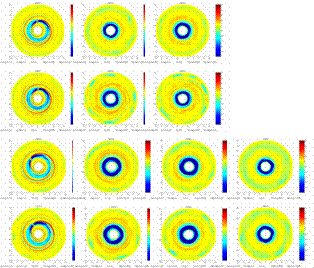|
Home \ History \ CFD-MHD Project Research Highlights
CFD-MHD Project Research HighlightsThe structure and evolution of protostellar disksStar formation has been one of the hottest topics in astronomy in recent years. Thanks to rapid progress in observational technology, many breakthroughs have been made. One of the most important of these discoveries is that of the protostellar disk, which plays a significant role in the process of the formation of the planetary system. To understand the process of formation of the planet and its subsequent migration, we consider a realistic model of the protostellar disk and calculate the planet and disk interaction. It has been found that many Jupiter-like giant planets are very close to their suns. In fact many of their distances from their sun are shorter than the earth-sun distance. However, according to the current theories of planet formation, these Jupiter-like planets could not have been formed so close to their suns. It is generally believed that they were more likely formed farther away and moved inwards as a result of their gravitational interaction with the protostellar disks. The figure below 5 shows part of the results of our simulation for this problem. It can be seen in this figure that planets in protostellar disks do indeed migrate inwards. We have also found that self-gravity of the protostellar disks will affect their own surface density distributions, slow down the inward migration of the planets and make the orbits of planets more eccentric. These phenomena are even more noticeable when the disk has a high initial surface density.
|
>> ASIAA



